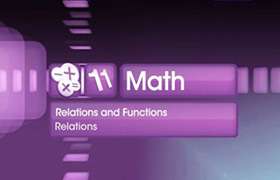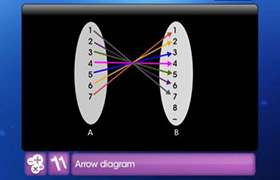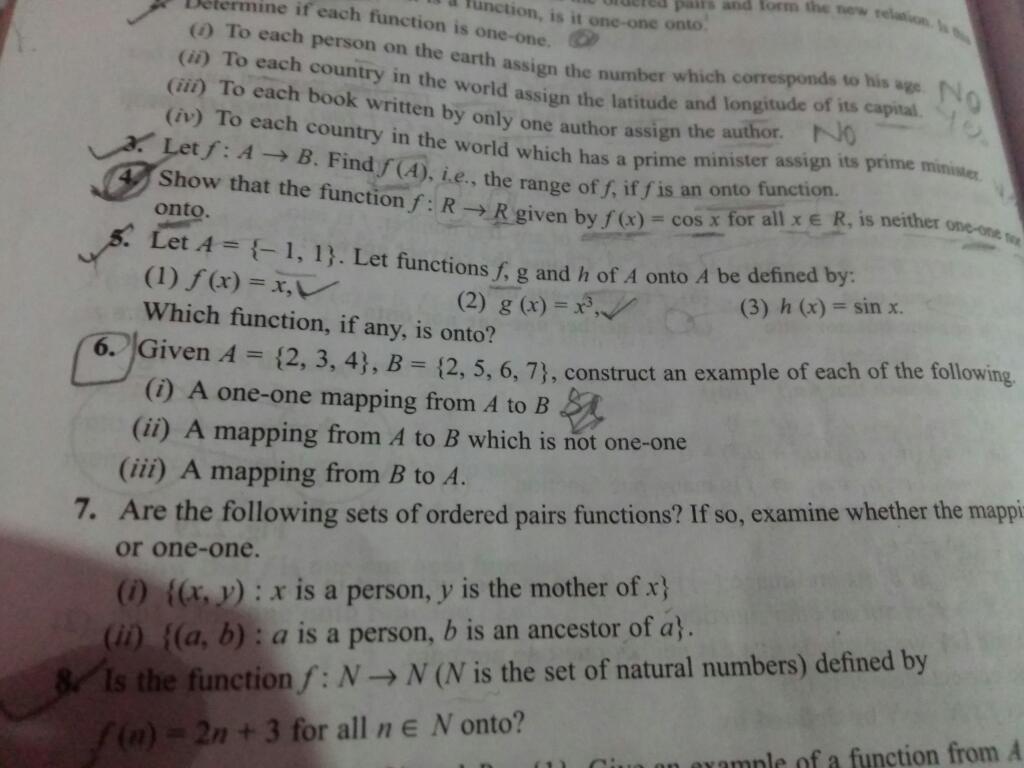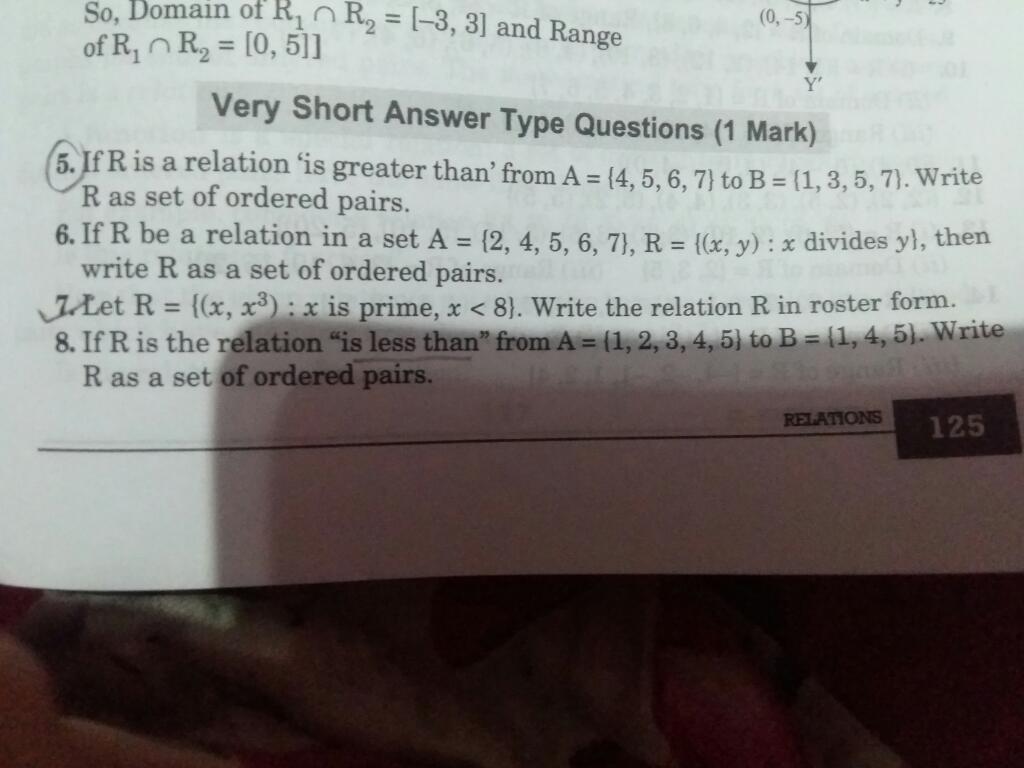CBSE Class 11-science Answered
What is the difference between an identity relation and a reflexive relation?
Asked by joykphukan | 01 May, 2015, 12:37: PM
An identity relation on a set 'A' is the set of ordered pairs (a,a), where 'a' belongs to set 'A'.
For example, suppose A={1,2,3}, then the set of ordered pairs {(1,1), (2,2), (3,3)} is the identity relation on set 'A'.
Any relation 'R' on a set 'A' is said to be reflexive if (a,a) belongs to 'R', for every 'a' belongs to set 'A'.
For example, suppose A={1, 2, 3}, then a relation 'R' defined by R={(1,1), (2,2), (3,3), (1,3), (3,2)} is a reflexive relation.
There can be MANY reflexive relations defined on a set. But, an identity relation on any set is UNIQUE.
Answered by satyajit samal | 02 May, 2015, 02:07: PM
Concept Videos
CBSE 11-science - Maths
Asked by arjyaabhishekbrahma | 13 Mar, 2022, 07:35: AM
CBSE 11-science - Maths
Asked by seeni2005 | 14 Sep, 2020, 12:17: PM
CBSE 11-science - Maths
Asked by Maria Jose | 03 May, 2020, 12:04: PM
CBSE 11-science - Maths
Asked by lovemaan5500 | 01 Feb, 2019, 09:39: PM
CBSE 11-science - Maths
Asked by lovemaan5500 | 09 Oct, 2018, 05:34: AM
CBSE 11-science - Maths
Asked by Topperlearning User | 04 Jun, 2014, 01:23: PM
CBSE 11-science - Maths
Asked by Topperlearning User | 04 Jun, 2014, 01:23: PM
CBSE 11-science - Maths
Asked by Topperlearning User | 04 Jun, 2014, 01:23: PM
CBSE 11-science - Maths
Asked by Topperlearning User | 04 Jun, 2014, 01:23: PM
CBSE 11-science - Maths
Asked by Topperlearning User | 04 Jun, 2014, 01:23: PM






